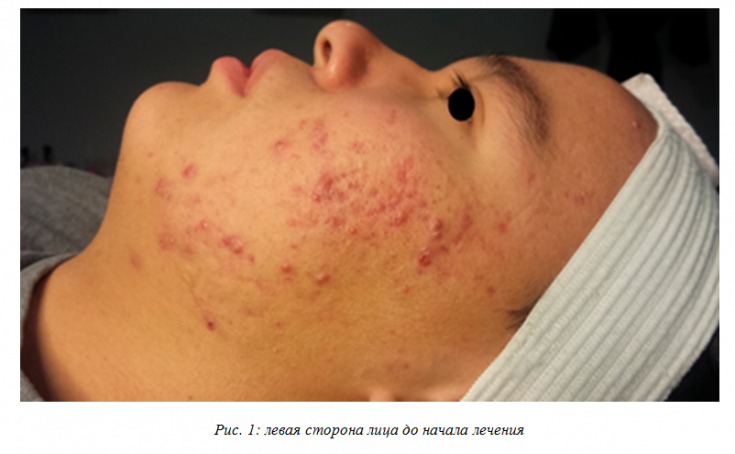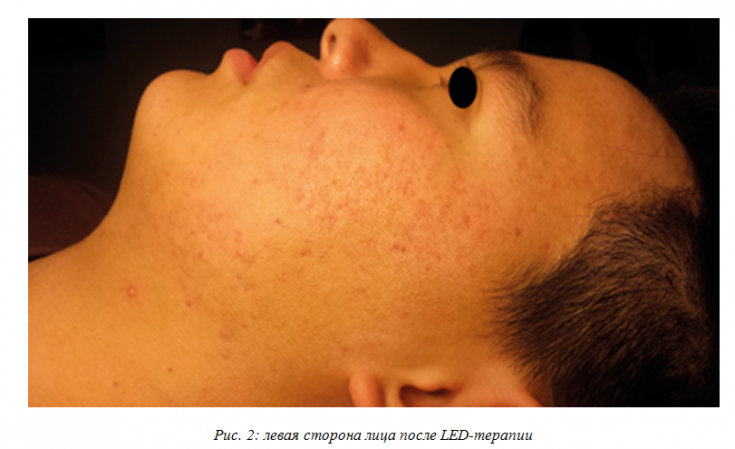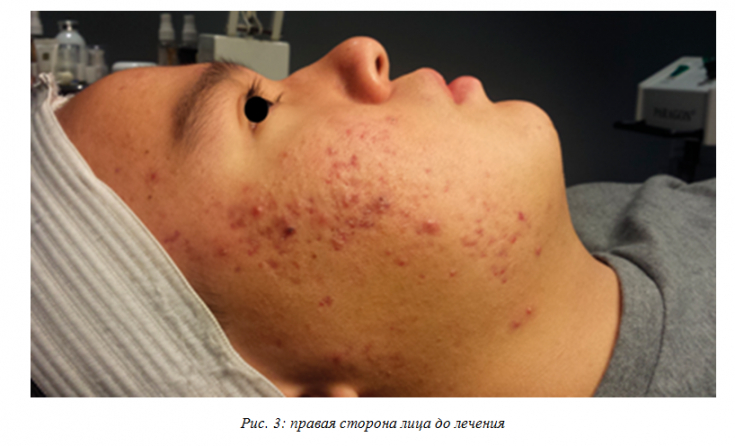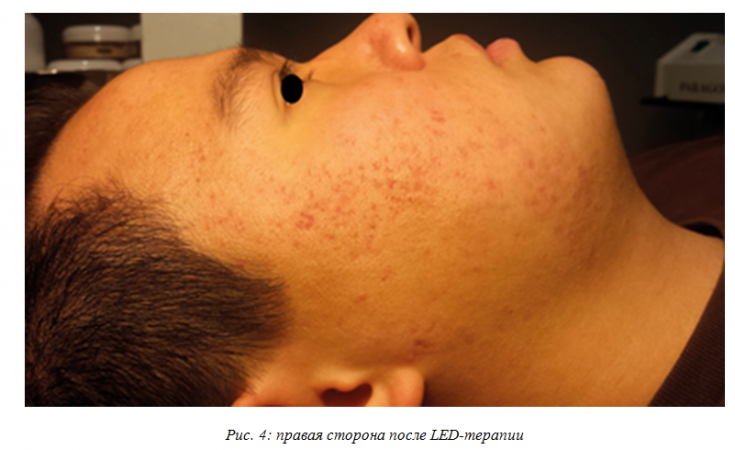Difficulties arising in the treatment of acne are associated with the pathogenesis of the disease, which includes various phenomena, including hyperkeratinization of the follicles, hyperproduction of sebum, colonization of Propionobacterium (P) acnes and inflammatory processes, as well as with the symptoms of the disease.
In this article, Dr. Gina Thompson talks about the possibilities of LED therapy in the treatment of acne, the parameters that provide the maximum effect, and demonstrates the results after a course of treatments.
LED therapy in acne treatment: case report
A 16-year-old patient came to the clinic with moderate acne, presented in the form of closed and open comedones, inflamed papules and pustules, localized mainly on the cheeks. After unsuccessful attempts to treat acne, the patient underwent a course of LED therapy (two treatments per week for 2 months) and followed the recommendations below:
• Use an organic cleanser twice a day;
• Change pillowcase every three days.
In addition to the above therapy, no topical, oral medications, chemical peels or laser therapy, special skin care products were prescribed. The recovery period and side effects after the procedure are minimal. Not all LED devices are effective in treating acne, certain parameters must be chosen to achieve good results.
The biological effect of LED therapy depends on the following parameters:
• wavelength;
• dose intensity;
• exposure duration;
• continuous wave or pulse mode;
• sequence of pulses (when using pulse mode).
Not all LED devices are effective in treating acne, certain parameters need to be adjusted to achieve good results.
In other words, the wavelength, delivered energy, modulation, duration of the procedure and the distance between the light source and the skin – factors, the totality of which determines the therapeutic effect.
Light-based therapies: applications in aesthetic medicine
Protocol of LED Therapy for Acne Treatment
The LED therapy procedure was performed according to the following guidelines:
1. Thorough cleansing of the skin
The procedure is performed on clean and dry skin, from which all light-reflecting substances have been removed (to avoid a decrease in the degree of light absorption by the skin).
2. Maximum positioning of the LED device to the skin
Using a flexible LED panel that can handle the natural curves of any skin surface, allows you to reduce the distance between the light source and the skin.
3. Choose the right wavelength
Predominantly blue light with red and near infrared wavelengths: Polychromatic LED devices that allow you to treat the skin with different wavelengths at the same time, provide the following effect:
• blue light (465nm) kills P. acnes;
• red light (645 nm) – neutralizes the inflammatory response;
• near infrared light (880 us) – improves microcirculation and accelerates healing.
4. Time of the procedure – 30 minutes
The treatment time in this case was 30 minutes, however the duration of the session usually varies depending on the device used.
5. Applying skin care products
Moisturizing and protecting the skin after treatment.
Acne in women of reproductive age: features of the disease




Wavelength, delivered energy, modulation, treatment duration and distance between light source and skin – factors, the totality of which determines the therapeutic effect.
Excessive sebum production, P. acnes bacteria, inflammation, redness, pain and post-acne – All these problems associated with acne worry many patients. A simple, effective and convenient solution can be LED therapy, the results of which are given in this article.
According to The PMFA Journal







Add a comment